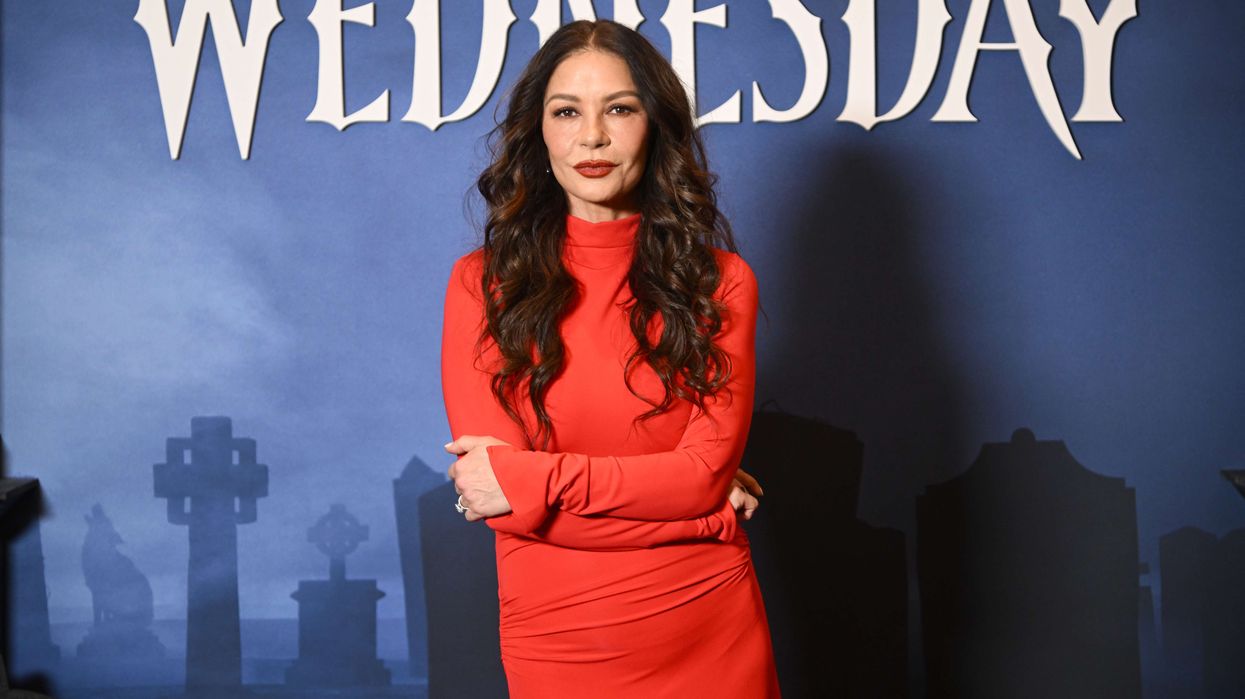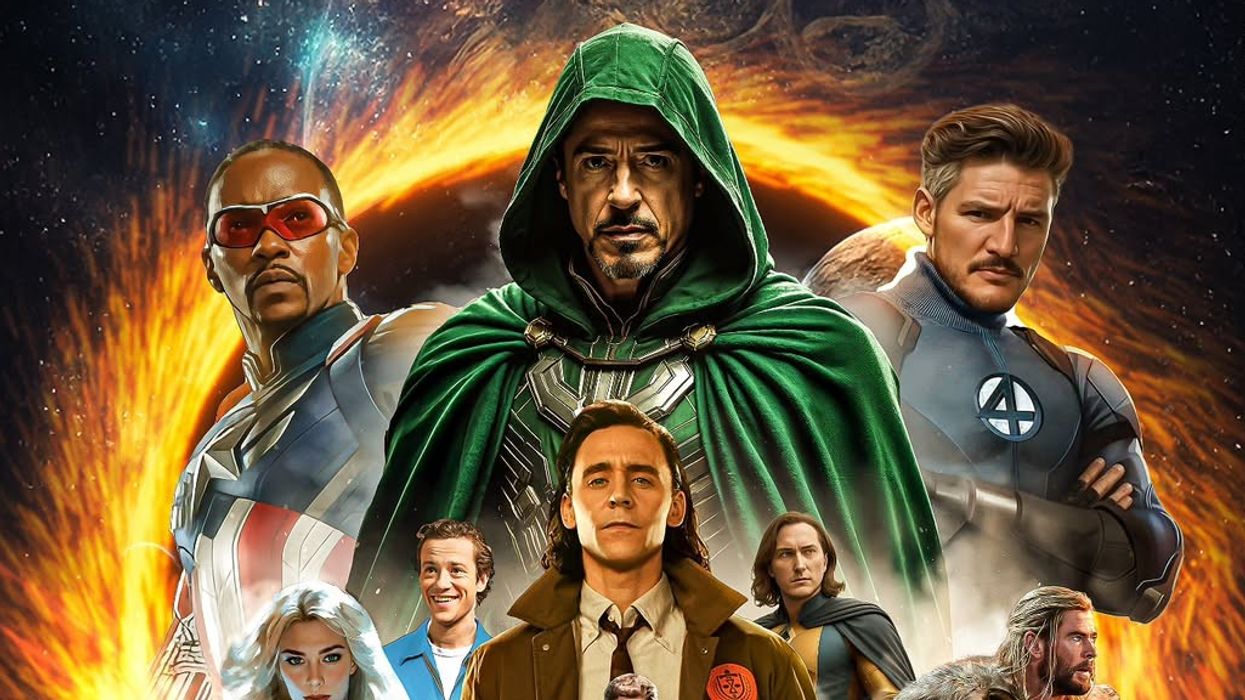Ozzy Osbourne didn’t come into music to chase fame or play safe. He arrived like a storm, scraping his voice against the sky, dragging darkness and vulnerability into sound, and setting fire to what rock thought it was. He was messy, wild, broken, brilliant, and in that chaos, he changed everything.
With Ozzy, it wasn’t just the bat bite or the reality show or the outrageous headlines. It was the sound, the howl in your chest when War Pigs starts. The goosebumps from the first haunted notes of Mr. Crowley. The punch of recognition when Crazy Train hits the chorus. His songs crawled into your head, grabbed your guts, and shook you. It was the sound of being lost, pissed off, scared, high, in love, and staring into the damn void, sometimes all at once. He gave misfits an anthem, outcasts a home, and music a pulse that refused to die.
This isn’t just a list of songs. It’s a map of what made Ozzy Ozzy. Here are 10 recordings that turned a Birmingham dropout into a goddamn legend.
1.Black Sabbath (1970)
The day metal was born.
That first unholy riff. Church bells. Thunder. And Ozzy’s voice, terrified and terrifying. “What is this that stands before me?” he asked, and no one had heard anything like it before. This was heavy metal being born, screaming into the Birmingham gloom. And it marked the start of something new and unstoppable.
- YouTube youtu.be
2.War Pigs (1970)
Heavy, angry, honest.
Forget subtlety. Ozzy spat venom at the suits sending kids to die: "Politicians hide themselves away! They only started the war!". It was a scream against war, greed, and lies. Every time this plays at a protest or blares through headphones, it reminds us that metal could tear down empires.
- YouTube youtu.be
3.Iron Man (1970)
The riff that raised generations.
Kids who never listened to Sabbath still know that riff. The story of a time-travelling metal outcast? Bizarre. Genius. Ozzy narrated it like a tragic ghost story. But underneath it all is Ozzy, telling the story of someone broken by time and turned into steel. It crawled out of the metal dungeon and infected everything. Pop culture never stood a chance. Sad, scary, unforgettable.
- YouTube youtu.be
4.Crazy Train (1980)
The solo comeback that refused to fail.
He got kicked out of Sabbath. He could’ve disappeared. Instead, he teamed up with Randy Rhoads and came back louder, faster, and fully unhinged. Ozzy’s "All Aboard!" wasn't an invitation; it was a threat. "I'm going off the rails!" Cold War dread met a chorus that punched you in the chest. His solo roar back. The sound of a madman finding his power.
- YouTube youtu.be
5.Mr. Crowley (1980)
Theatre, mystery, madness.
That creepy organ. Ozzy whispering about dead talk and dark arts. Then Randy Rhoads… oh, man, RANDY. That first solo was pure mournful beauty. Then the second one? Like demons shredding through the ceiling. Pure dark magic. He’s not mocking the dark; in fact, he’s inviting it in for tea.
- YouTube youtu.be
6.Snowblind (1972)
Addiction, but honest.
This is Ozzy at his most raw. A drug song that doesn’t glamorise anything. It’s bleak, slow, and numb. When he says, “I feel the snowflakes freezing me,” it’s not poetry; it’s what addiction felt like. Ozzy admitted the drug didn’t set him free; it froze him. That honesty hit hard then and still does now. You’re not dancing to this; you’re sinking with it.
- YouTube www.youtube.com
7.Mama, I’m Coming Home (1991)
The soft side of the storm.
He was the Prince of Darkness, sure. But this ballad, co-written with Lemmy, stripped away the theatrics. Ozzy got personal. A soft acoustic start leads into a powerful, aching ballad about love, loss, and coming back. When Ozzy sang it in Birmingham weeks before he died, seated and fragile, there wasn’t a dry eye in the crowd. Hits harder now, doesn't it?
- YouTube youtu.be
8.Symptom of the Universe (1975)
Thrash metal’s secret blueprint.
Before Slayer or Metallica, there was this. Raw speed, wild drumming, and Ozzy pushing every boundary. He wasn’t trying to invent a genre. He just did. Ozzy’s voice is chaos controlled, shouting about cosmic love while the band races like it’s chasing the end of the world.
- YouTube youtu.be
9.Changes (with Kelly Osbourne, 2003)
Pain, passed down.
The original version was about divorce. The re-recorded one, done with his daughter, was about something bigger. Time. Ageing. Loss. This wasn’t just a duet; it was a father and daughter grappling with growing up and letting go. The original was sad. The re-recording was devastating. And it gave Ozzy his only UK #1. Ozzy’s voice cracks, Kelly tries to hold it together, and the result is oddly pure. It’s not perfect. And maybe that’s why it works.
- YouTube youtu.be
10.Take What You Want (Post Malone feat. Ozzy, 2019)
The voice that wouldn’t quit.
At 70, Ozzy landed on the rap charts. Ozzy jumped on a trap-metal track and made it his own. He sounded ghostly, powerful, and weirdly perfect: "I’m the nightmare you won’t forget!". Teenagers who’d never heard Paranoid suddenly wanted more Ozzy. That says everything.
- YouTube youtu.be
The echo that isn't fading
Ozzy didn’t leave this world quietly. He left it the way he lived: loud, raw, and unforgettable. His music was the sound of someone staring into darkness, chaos, and the terrifying beauty of life and screaming back with everything he had.
When Ozzy sang Mama, I’m Coming Home one last time in Birmingham, he wasn’t just saying goodbye to a crowd; he was saying goodbye to his own story.
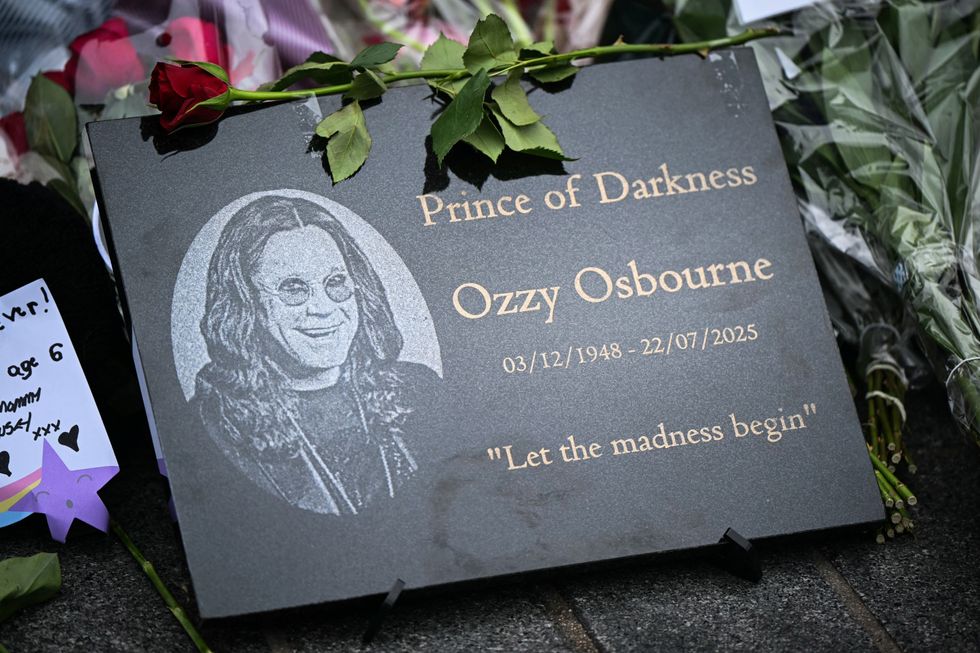
The thing is, he didn’t play by this world’s rules. But for 50 years, he gave us everything he had.
Now he’s gone.
But the music?
That stays. Forever.




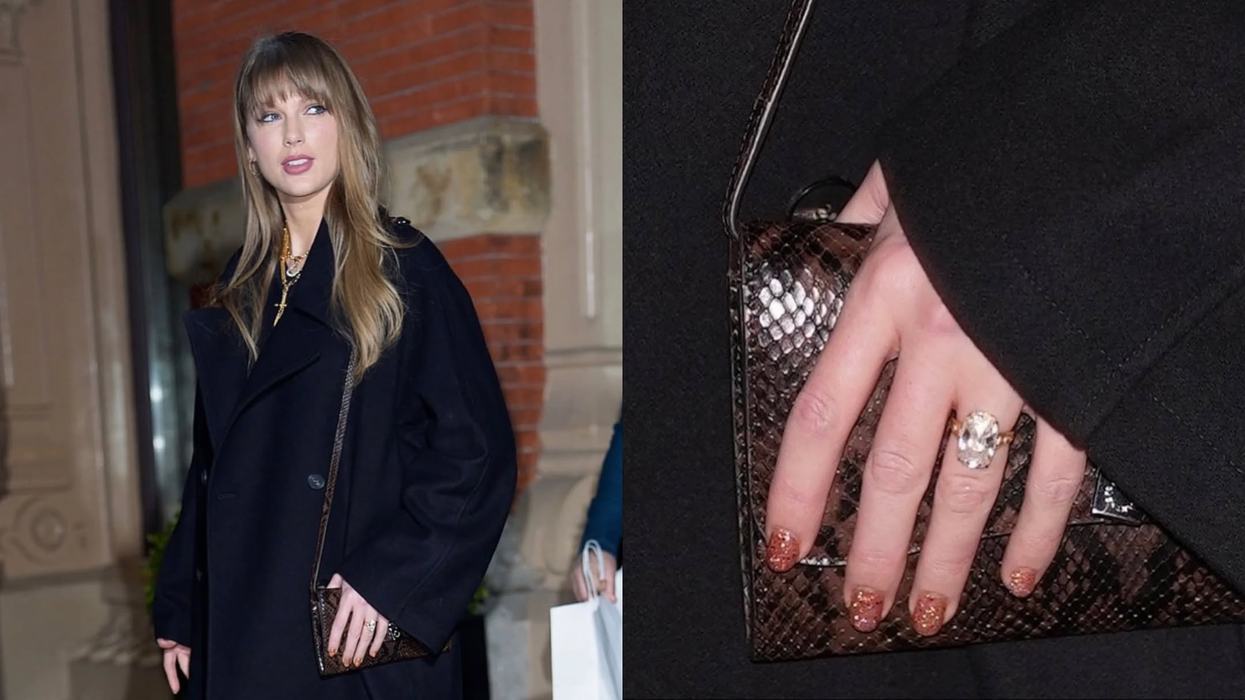
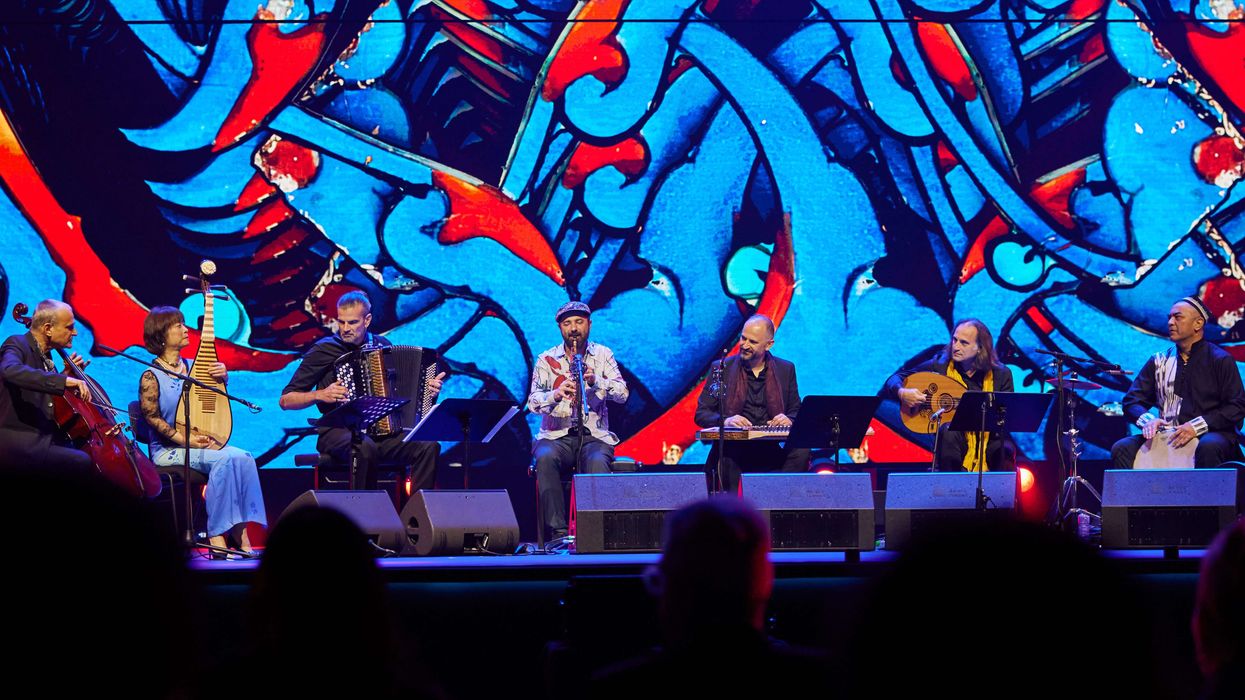

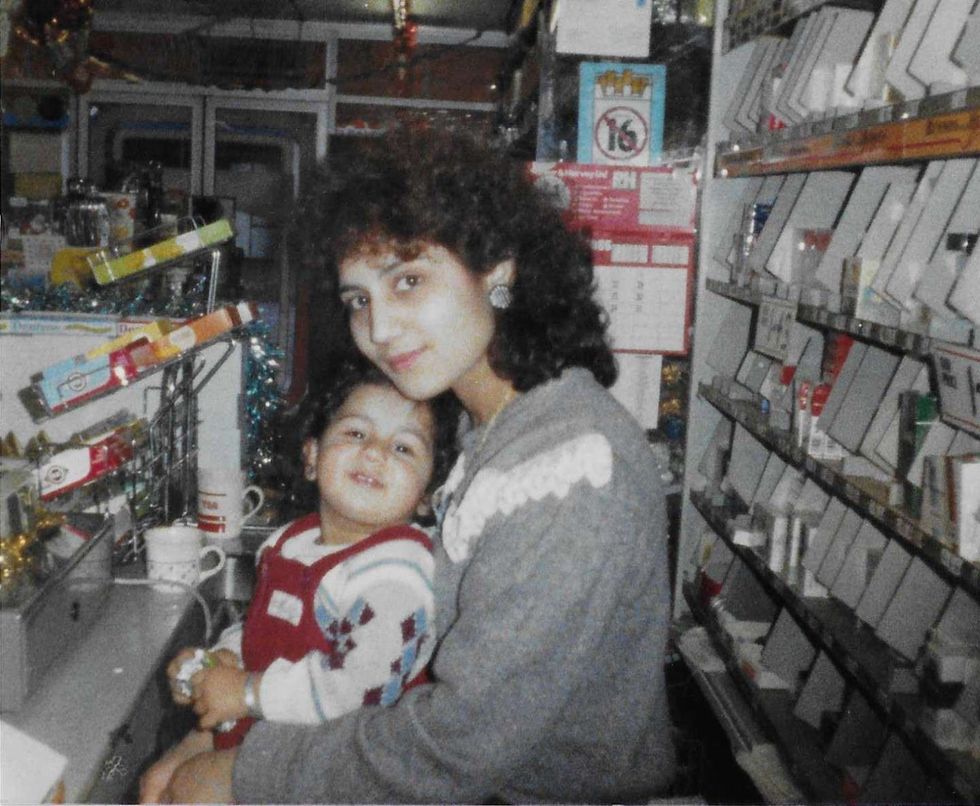 An old photograph of Jas with a young Maleena.
An old photograph of Jas with a young Maleena.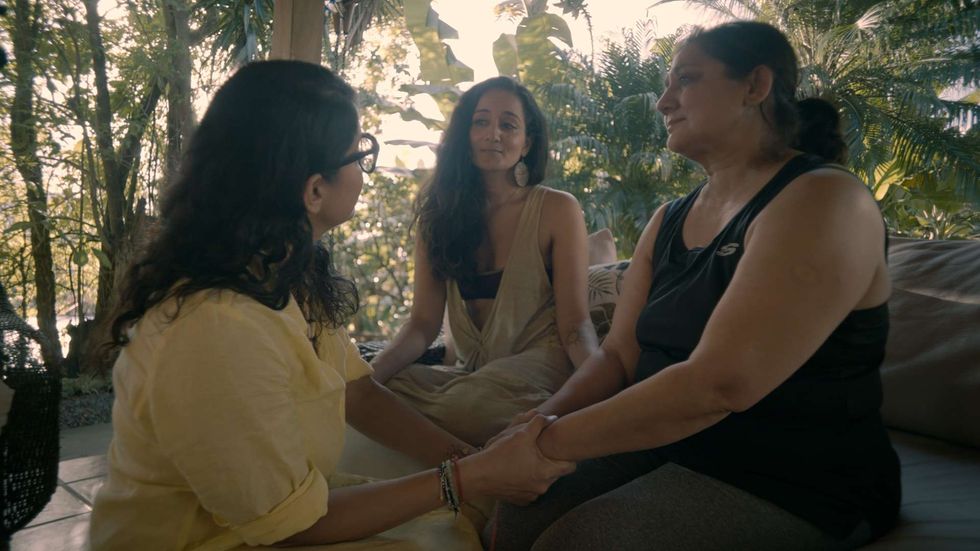 Both in south America during the ayahuasca treatment.
Both in south America during the ayahuasca treatment.